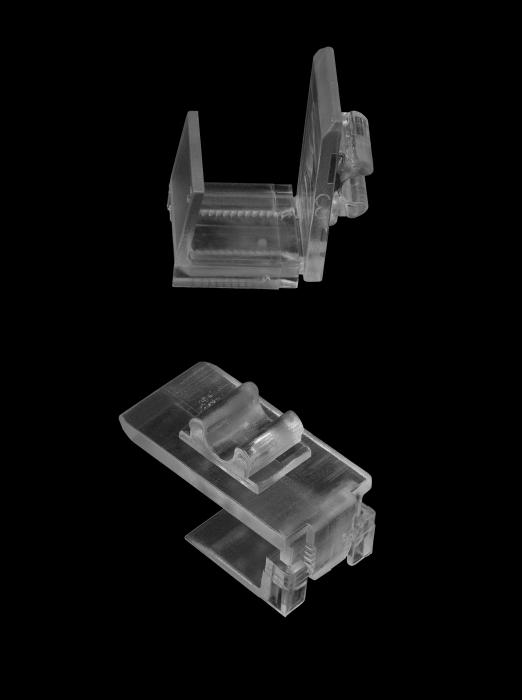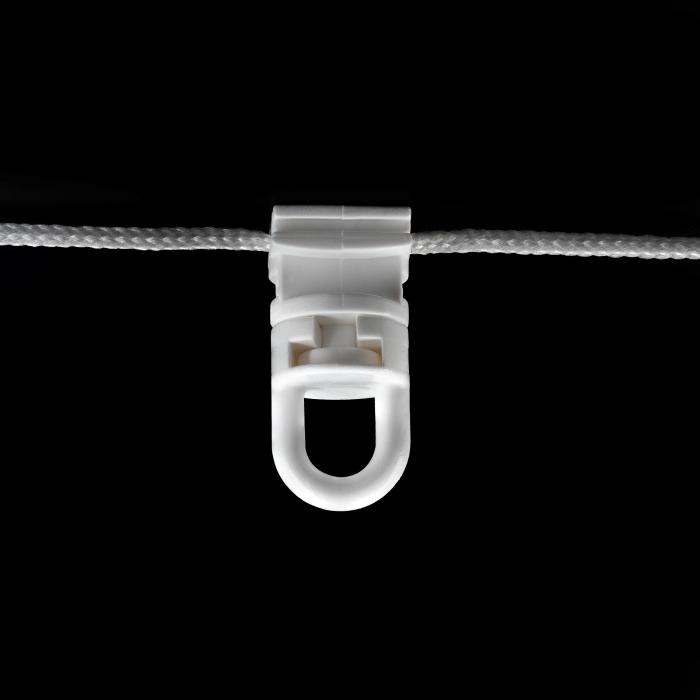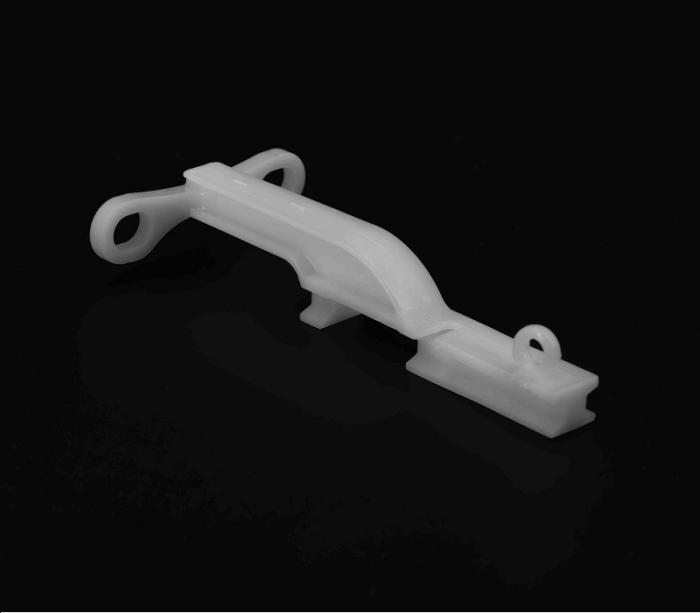The Recycling Cycle.
Plastic today is one of the most widely used materials in the world, and it’s not hard to understand why.
Its first major advantage is affordability: being inexpensive means it can be produced on a large scale, making it possible to create countless objects at lower costs compared to the past.
Almost everything we use daily contains plastic, from food packaging to technological devices, making our lives more convenient and functional.
The second advantage is its lightness. For example, if cars were built entirely from metal, their weight would increase drastically, leading to higher fuel consumption and greater emissions.
Moreover, road safety would be affected: braking a seven-ton vehicle is completely different from stopping one that weighs one and a half tons.
Finally, plastic, if properly managed throughout its entire lifecycle from production to recycling can have a lower environmental impact compared to many metals.
Plastic itself is not harmful; the real problem lies in how we handle it after use. Proper collection, sorting, and recycling can transform this versatile and lightweight material into a sustainable resource, reducing pollution and waste, and showing that the responsibility is entirely ours.








































































